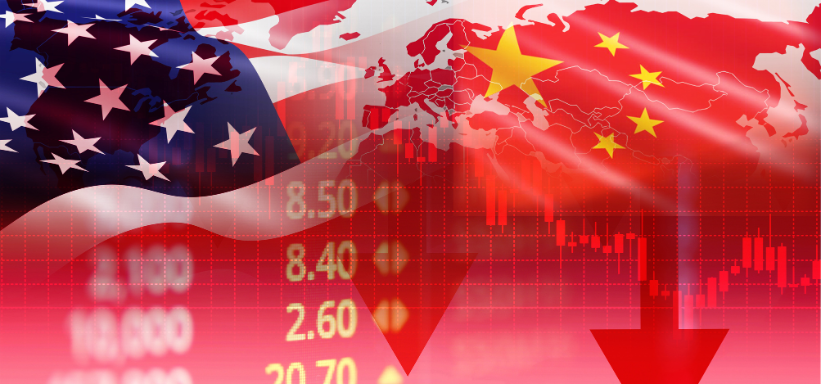Executive Summary
-
Trade wars have significant impacts on global markets, affecting everything from supply chains to consumer prices.
-
Geopolitical tensions can lead to tariffs and trade barriers, influencing international commerce dynamics.
-
Businesses need to be proactive in risk management and adaptation strategies to mitigate adverse effects.
-
Understanding the historical context and current scenarios is crucial for investors and corporate strategists.
-
Epiidosis suggests strategies for navigating these turbulent times, including diversification and strategic alliances.
Introduction
In today’s interconnected world, geopolitical tensions often escalate into full-fledged trade wars, reshaping the landscape of international commerce. These conflicts can result in tariffs, supply chain disruptions, and economic uncertainty. For investors, founders, and corporates, understanding how these events unfold is crucial for strategic planning and risk management. This article offers insights into the dynamics of trade wars, their impacts on global markets, and strategies to navigate these challenges.
Definitions / Context
Trade wars occur when countries impose tariffs or other trade barriers on each other in retaliation for various political or economic grievances. These actions can disrupt global supply chains and lead to increased costs for both businesses and consumers. Understanding the underlying geopolitical tensions is essential for predicting potential future conflicts and their economic implications.
Benefits / Pros
While trade wars are generally seen as negative, there can be some advantages:
-
Domestic Industry Protection: Tariffs can protect local industries from foreign competition, potentially boosting domestic employment.
-
Negotiation Leverage: Trade wars can be used as a negotiation tool to address unfair trade practices or to achieve favorable trade terms.
-
Innovation Incentive: Companies may be driven to innovate to remain competitive amid increased production costs.
Risks / Cons / Challenges
The downsides of trade wars often outweigh the benefits:
-
Increased Costs: Tariffs lead to higher prices for consumers and increased costs for manufacturers reliant on imported materials.
-
Supply Chain Disruptions: Businesses face operational challenges as global supply chains are disrupted.
-
Economic Uncertainty: Market volatility increases as businesses and investors grapple with the unpredictability of trade policies.
Step-by-Step Process
How to Navigate Trade Wars
-
Risk Assessment – Evaluate exposure to affected markets and supply chains.
-
Diversification – Develop alternative suppliers and markets to reduce dependency.
-
Strategic Alliances – Partner with others to leverage mutual strengths in uncertain markets.
-
Innovation and Efficiency – Invest in automation, technology, and local sourcing to boost resilience.
In 2018, the U.S. imposed tariffs on Chinese imports, leading to retaliatory actions by China. This conflict disrupted global tech and manufacturing supply chains.
Apple Inc., among others, experienced rising costs and responded by diversifying suppliers and exploring alternate manufacturing hubs like India and Vietnam to maintain competitiveness and resilience.The 2018 U.S.–China Trade War–
Expert Tips / Strategic Insights
Epiidosis Recommends:
-
Stay Informed: Monitor trade policy announcements and geopolitical events closely.
-
Scenario Planning: Build flexible strategies for best-case and worst-case trade scenarios.
-
Engage Policymakers: Advocate for business-friendly trade resolutions and contribute to industry coalitions.
Tools / Resources / Calculators
-
Tariff Impact Calculator – Estimate the effect of tariffs on your bottom line.
-
Geopolitical Risk Platforms – Tools like Stratfor or Geopolitical Futures provide real-time risk analysis.
-
Trade and Commerce Reports – Access market intelligence from the World Trade Organization and IMF.
Conclusion
Trade wars are complex geopolitical events with ripple effects across global commerce. They introduce volatility, shift supply chains, and affect profitability. However, with robust planning and informed strategies, businesses can transform these challenges into opportunities. By staying ahead of policy changes and adapting quickly, companies can shield operations from major disruptions—and even gain a competitive edge.




















